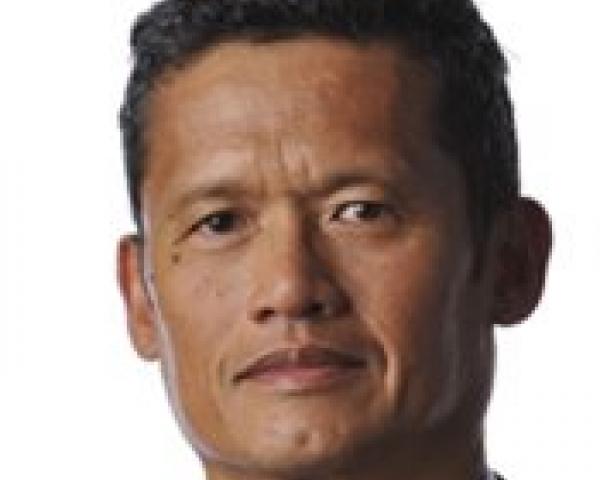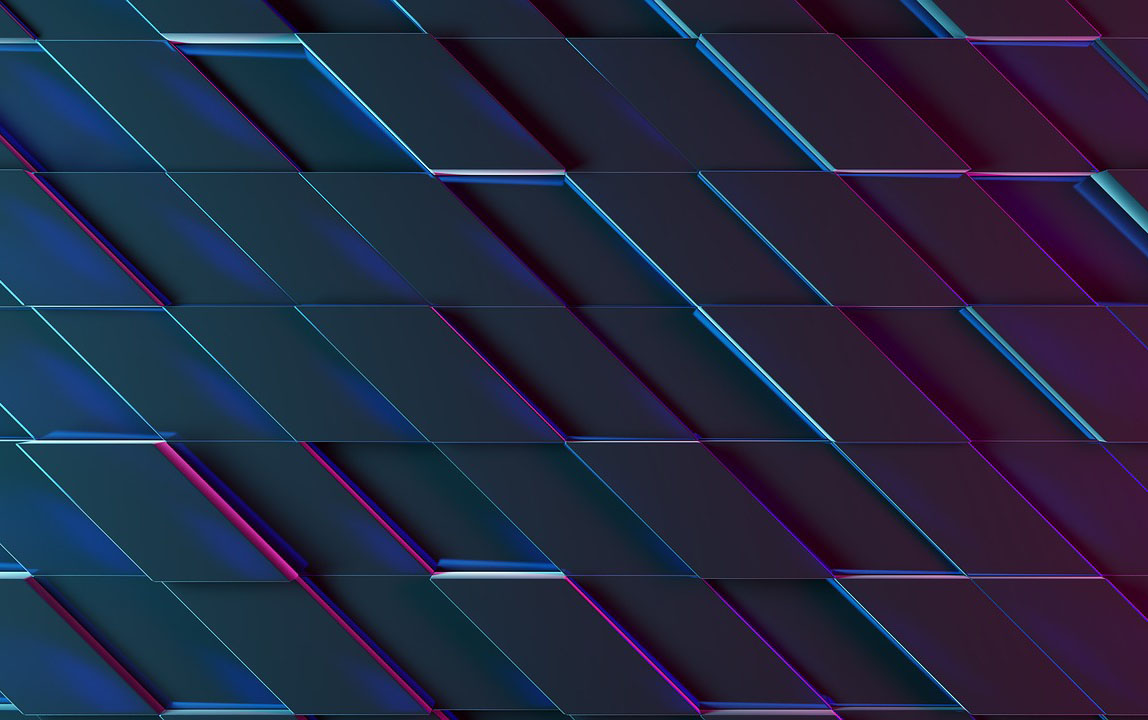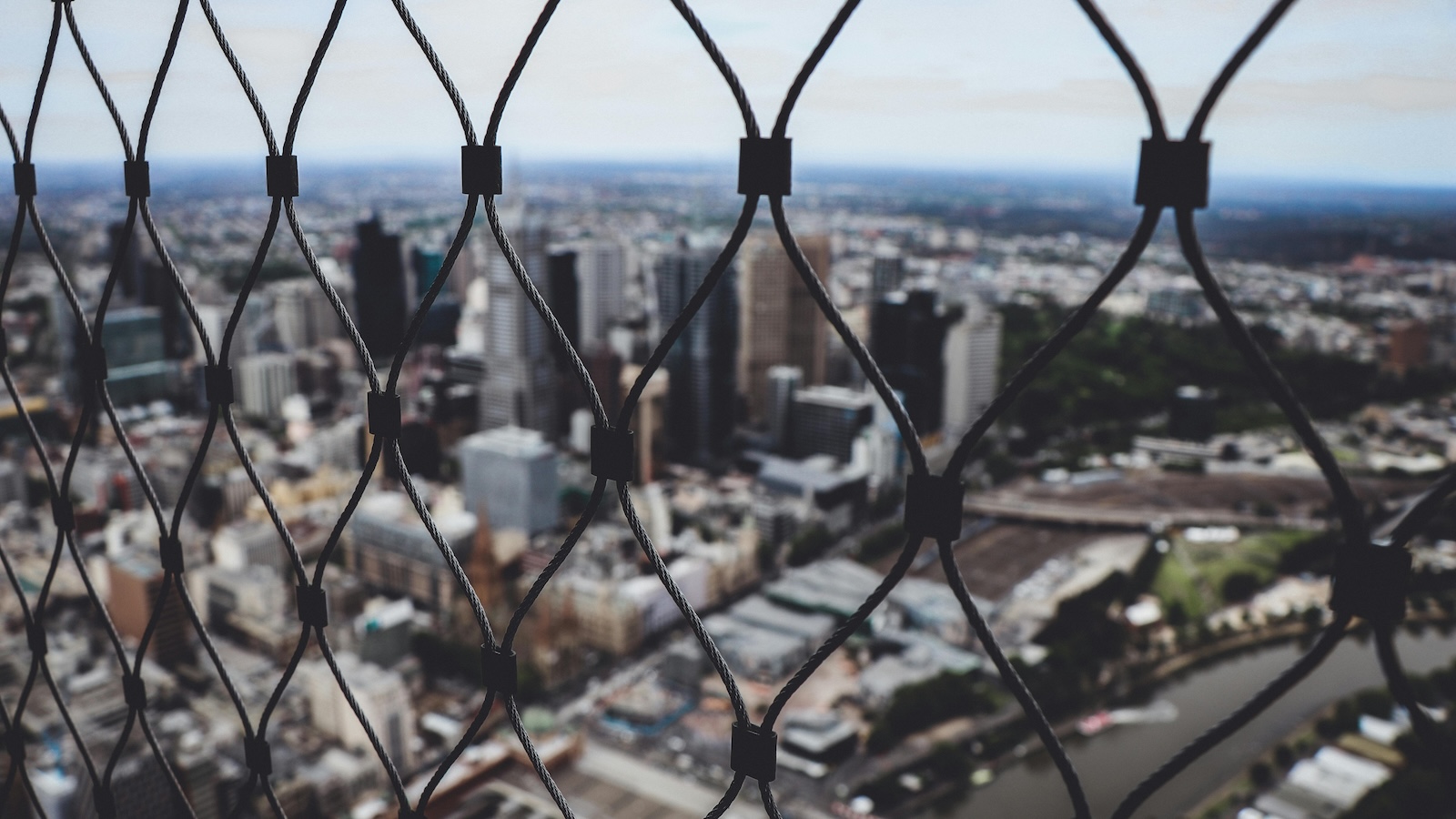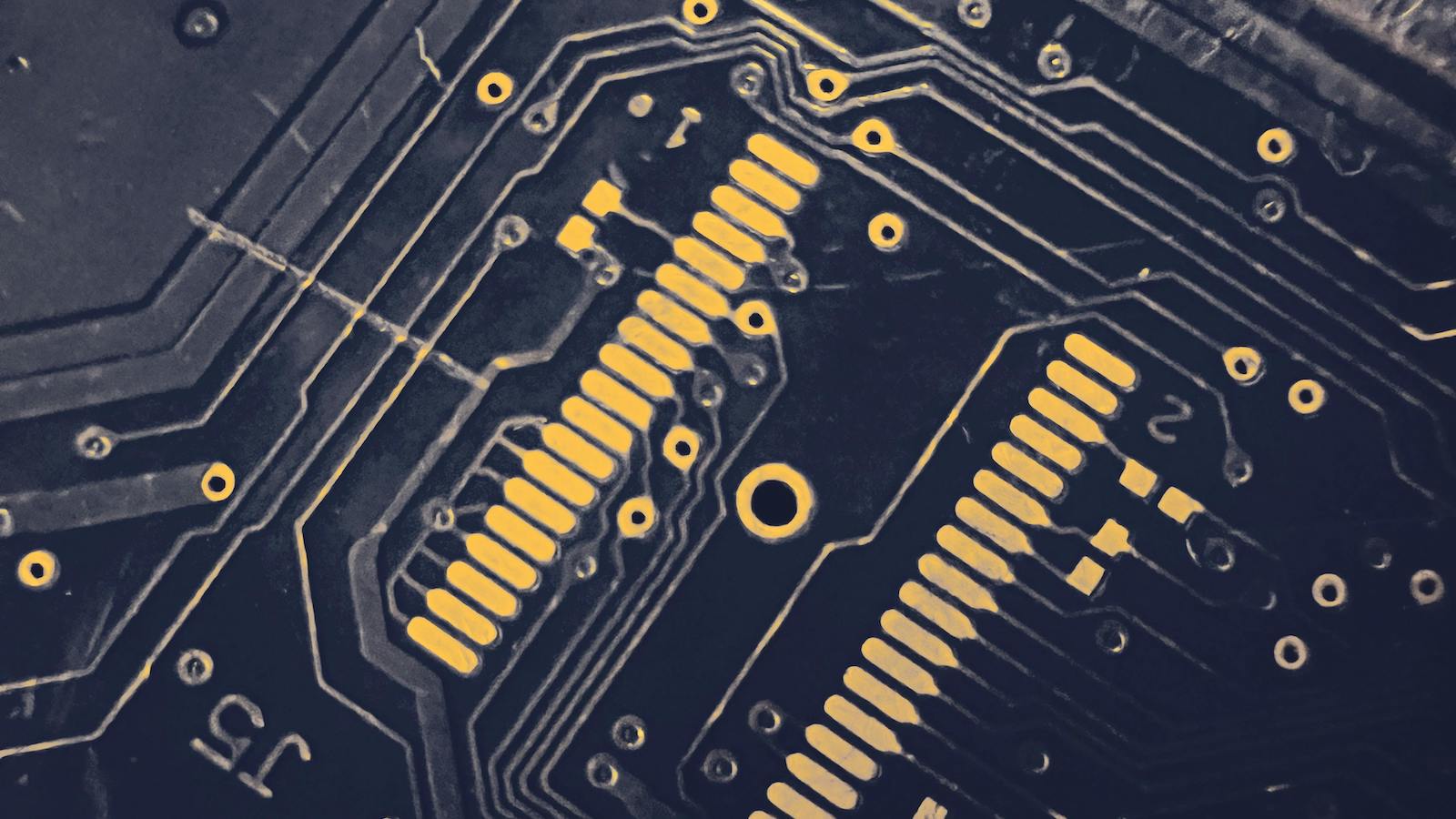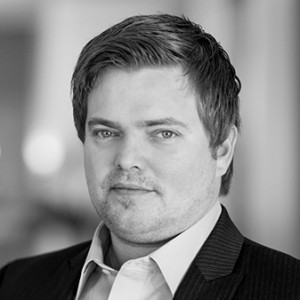 3C: Can you tell us about your most recent milestone?
Stiansen: We have managed to do a tenfold (increase) to where we can now apply millions of rules in our appliance.
3C: So more rules allow you to do what?
Stiansen: It allows us to have a lot more threat data and apply a lot more intelligence to a customer’s traffic. We can start applying more dynamic data. Our end goal is to apply full counterintelligence onto traffic. Meaning when we see a traffic flow coming through our appliance we will be able to see the street address, the domain, the email address used to register this domain. We can see who a packet is going to, and the relationship between the sender and receiver, all kinds of counterintelligence behind actual traffic, not just for blocking but for visualization.
3C: That level of detail was not available earlier?
Stiansen: Nope. This is something we’ve pioneered. This is our platform that we built so we can enable this (detailed view) to actually happen.
3C: So what have you discovered?
Stiansen: We’re learning that traffic and attacks coming out of China isn’t really China. It’s actually other nations using China’s infrastructure to do the attacks. It’s not just one country, it’s the top 10 cyber countries out there using other countries’ infrastructure.
3C: So is China getting a bad rap?
Stiansen: Correct.
3C: Who’s responsible? Russia? The U.S.? North Korea?
Stiansen: Everyone.
3C: What else are you seeing?
Stiansen: We’re also seeing how hackers from certain communities are joining together more and more. The hacking world is becoming smaller and smaller. Iranian hackers are working with Turkish hackers. Pakistani and Indian hackers, they’re working together. Indonesia hackers and Iranian hackers are working together.
3C: Odd combinations.
Stiansen: It’s weird to see these mixes because there’s no affiliation, there’s no friendship between the countries on a state level. But the hacker groups are combining together. The borders between hackers have been lifted.
3C: What’s driving them to partner, is it money or ideology?
Stiansen: All of the above. That’s the thing, the people who have similar ideologies find each other on social media and start communicating with each other. And the people with the financial means and shared goals meet each other, that’s the evolution. And when they do that, they become really powerful.
3C: Can you tell us about your most recent milestone?
Stiansen: We have managed to do a tenfold (increase) to where we can now apply millions of rules in our appliance.
3C: So more rules allow you to do what?
Stiansen: It allows us to have a lot more threat data and apply a lot more intelligence to a customer’s traffic. We can start applying more dynamic data. Our end goal is to apply full counterintelligence onto traffic. Meaning when we see a traffic flow coming through our appliance we will be able to see the street address, the domain, the email address used to register this domain. We can see who a packet is going to, and the relationship between the sender and receiver, all kinds of counterintelligence behind actual traffic, not just for blocking but for visualization.
3C: That level of detail was not available earlier?
Stiansen: Nope. This is something we’ve pioneered. This is our platform that we built so we can enable this (detailed view) to actually happen.
3C: So what have you discovered?
Stiansen: We’re learning that traffic and attacks coming out of China isn’t really China. It’s actually other nations using China’s infrastructure to do the attacks. It’s not just one country, it’s the top 10 cyber countries out there using other countries’ infrastructure.
3C: So is China getting a bad rap?
Stiansen: Correct.
3C: Who’s responsible? Russia? The U.S.? North Korea?
Stiansen: Everyone.
3C: What else are you seeing?
Stiansen: We’re also seeing how hackers from certain communities are joining together more and more. The hacking world is becoming smaller and smaller. Iranian hackers are working with Turkish hackers. Pakistani and Indian hackers, they’re working together. Indonesia hackers and Iranian hackers are working together.
3C: Odd combinations.
Stiansen: It’s weird to see these mixes because there’s no affiliation, there’s no friendship between the countries on a state level. But the hacker groups are combining together. The borders between hackers have been lifted.
3C: What’s driving them to partner, is it money or ideology?
Stiansen: All of the above. That’s the thing, the people who have similar ideologies find each other on social media and start communicating with each other. And the people with the financial means and shared goals meet each other, that’s the evolution. And when they do that, they become really powerful.Stunning Patterns Found in the Dark Net
Counterintelligence in the Dark Net finds that China is getting a bad rap on hacking but that lots of unexpected, dangerous alliances are forming.
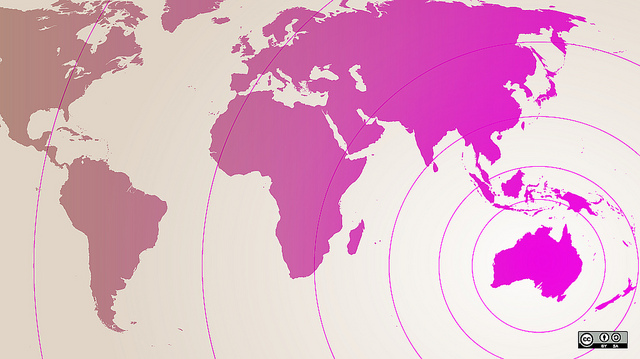
 3C: Can you tell us about your most recent milestone?
Stiansen: We have managed to do a tenfold (increase) to where we can now apply millions of rules in our appliance.
3C: So more rules allow you to do what?
Stiansen: It allows us to have a lot more threat data and apply a lot more intelligence to a customer’s traffic. We can start applying more dynamic data. Our end goal is to apply full counterintelligence onto traffic. Meaning when we see a traffic flow coming through our appliance we will be able to see the street address, the domain, the email address used to register this domain. We can see who a packet is going to, and the relationship between the sender and receiver, all kinds of counterintelligence behind actual traffic, not just for blocking but for visualization.
3C: That level of detail was not available earlier?
Stiansen: Nope. This is something we’ve pioneered. This is our platform that we built so we can enable this (detailed view) to actually happen.
3C: So what have you discovered?
Stiansen: We’re learning that traffic and attacks coming out of China isn’t really China. It’s actually other nations using China’s infrastructure to do the attacks. It’s not just one country, it’s the top 10 cyber countries out there using other countries’ infrastructure.
3C: So is China getting a bad rap?
Stiansen: Correct.
3C: Who’s responsible? Russia? The U.S.? North Korea?
Stiansen: Everyone.
3C: What else are you seeing?
Stiansen: We’re also seeing how hackers from certain communities are joining together more and more. The hacking world is becoming smaller and smaller. Iranian hackers are working with Turkish hackers. Pakistani and Indian hackers, they’re working together. Indonesia hackers and Iranian hackers are working together.
3C: Odd combinations.
Stiansen: It’s weird to see these mixes because there’s no affiliation, there’s no friendship between the countries on a state level. But the hacker groups are combining together. The borders between hackers have been lifted.
3C: What’s driving them to partner, is it money or ideology?
Stiansen: All of the above. That’s the thing, the people who have similar ideologies find each other on social media and start communicating with each other. And the people with the financial means and shared goals meet each other, that’s the evolution. And when they do that, they become really powerful.
3C: Can you tell us about your most recent milestone?
Stiansen: We have managed to do a tenfold (increase) to where we can now apply millions of rules in our appliance.
3C: So more rules allow you to do what?
Stiansen: It allows us to have a lot more threat data and apply a lot more intelligence to a customer’s traffic. We can start applying more dynamic data. Our end goal is to apply full counterintelligence onto traffic. Meaning when we see a traffic flow coming through our appliance we will be able to see the street address, the domain, the email address used to register this domain. We can see who a packet is going to, and the relationship between the sender and receiver, all kinds of counterintelligence behind actual traffic, not just for blocking but for visualization.
3C: That level of detail was not available earlier?
Stiansen: Nope. This is something we’ve pioneered. This is our platform that we built so we can enable this (detailed view) to actually happen.
3C: So what have you discovered?
Stiansen: We’re learning that traffic and attacks coming out of China isn’t really China. It’s actually other nations using China’s infrastructure to do the attacks. It’s not just one country, it’s the top 10 cyber countries out there using other countries’ infrastructure.
3C: So is China getting a bad rap?
Stiansen: Correct.
3C: Who’s responsible? Russia? The U.S.? North Korea?
Stiansen: Everyone.
3C: What else are you seeing?
Stiansen: We’re also seeing how hackers from certain communities are joining together more and more. The hacking world is becoming smaller and smaller. Iranian hackers are working with Turkish hackers. Pakistani and Indian hackers, they’re working together. Indonesia hackers and Iranian hackers are working together.
3C: Odd combinations.
Stiansen: It’s weird to see these mixes because there’s no affiliation, there’s no friendship between the countries on a state level. But the hacker groups are combining together. The borders between hackers have been lifted.
3C: What’s driving them to partner, is it money or ideology?
Stiansen: All of the above. That’s the thing, the people who have similar ideologies find each other on social media and start communicating with each other. And the people with the financial means and shared goals meet each other, that’s the evolution. And when they do that, they become really powerful.

